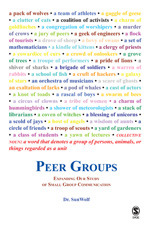Peer Groups
Availability :
In Stock
₹ 4,317.30
M.R.P.:₹ 5330
You
Save: ₹1,012.70 (19.00% OFF)
(Inclusive
of all taxes)
Delivery:
₹ 0.00 Delivery charge
Author:
SunWolf
Publisher:
SAGE Publications Inc
Edition:
1st Edition
ISBN-13:
9781412926867
Publishing Year:
August 2008
No. of Pages:
240
Weight:
310 grm
Language:
Unknown
Book Binding:
Paperback











